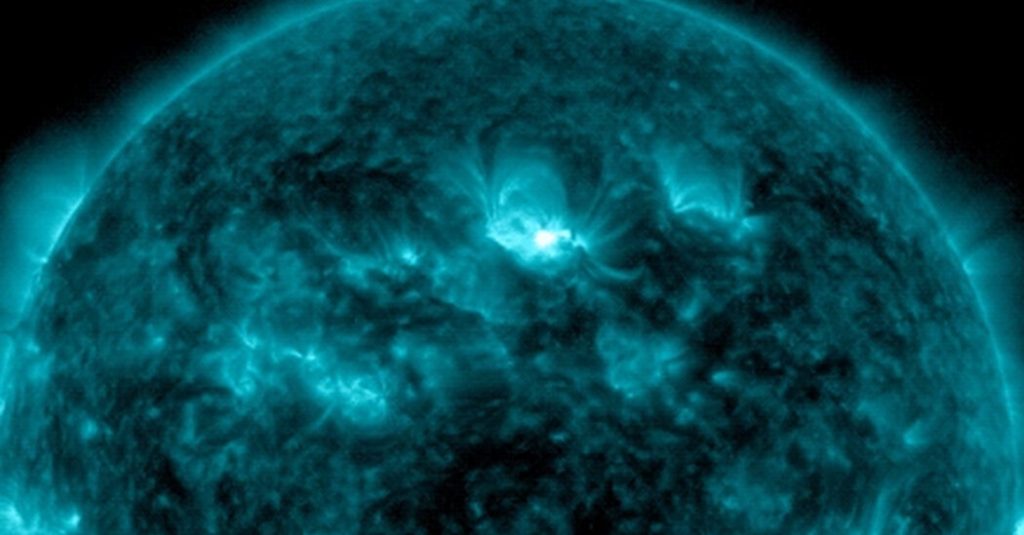A powerful solar storm triggered by a dramatic blast from the sun caused a geomagnetic storm in Earth’s atmosphere, expected to make the northern lights visible as far south as Alabama and Northern California and potentially interfere with power grids, communications, and navigation systems over the weekend. The National Oceanic and Atmospheric Administration (NOAA) issued an unusual storm watch, upgraded to a warning, for the first time in 19 years as multiple emissions from the sun bombarded the planet’s magnetic field. The most visible aspect of the storm for many will be the northern lights or auroras, but authorities are monitoring potential effects on critical infrastructure.
The storm watch and warning indicate possible space weather effects on infrastructure on or orbiting near Earth, potentially damaging pipelines, power lines, and railroad tracks. Communications relying on high-frequency radio waves are most likely to be impacted, such as ham radio and aviation, with a lower risk of affecting cellphones or car radios. Although blackouts are possible, preparations can be made by ensuring devices are charged and having access to backup power sources. Historically, the most notable solar storm was the Carrington Event in 1859, affecting telegraph lines over a vast area.
While the targeting audience of NOAA’s announcements is primarily agencies and companies managing infrastructure, the general public will likely not be directly impacted. The goal is to provide advance notice for protective measures to be put in place to mitigate any potential consequences. If infrastructure systems are functioning correctly, daily life for most people should not be disrupted. The solar storm is a G4 class, classified as “severe” on a scale of 1 to 5, potentially causing issues for satellites and infrastructure. The storm is caused by a large cluster of sunspots, which is currently flaring and ejecting material every six to 12 hours.
The sun’s activity follows an 11-year cycle, nearing a solar maximum phase, with the current activity cycle already observing three severe geomagnetic storms. This cycle has exceeded initial predictions, with the largest sunspot cluster seen in this solar cycle causing the current storm. While more flare and expulsion activity is expected, the rotation of the sun may position the cluster in a less impactful direction in the coming weeks. Scientists are unable to definitively predict if another round of activity will occur, but the sunspots may reappear in a position less likely to affect Earth. Overall, despite the potential impact on infrastructure, the general public may have the opportunity to witness the stunning northern lights display, with some areas experiencing clear skies for optimal viewing conditions.


